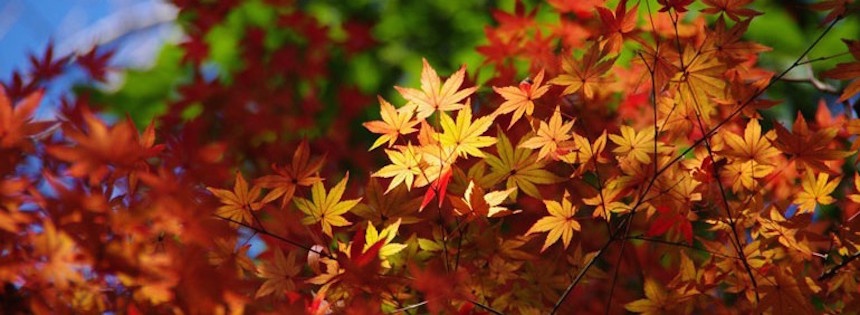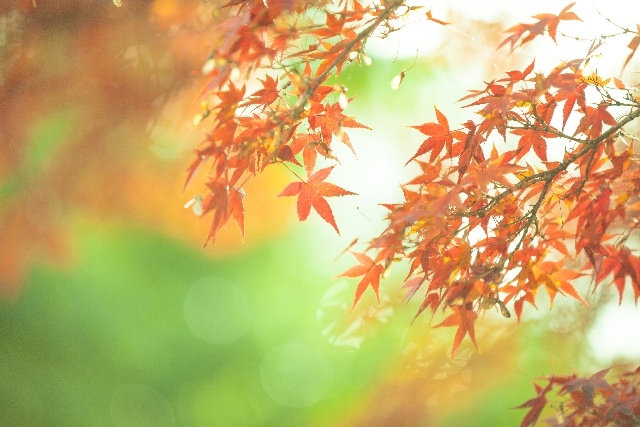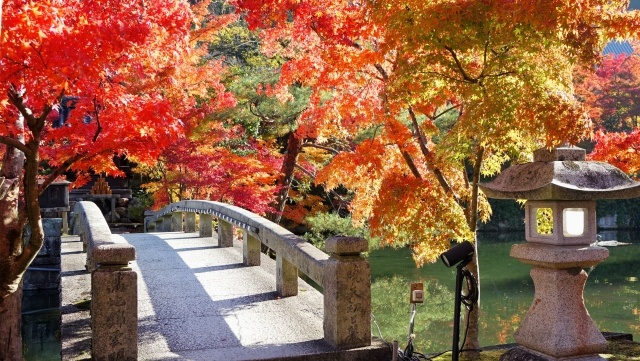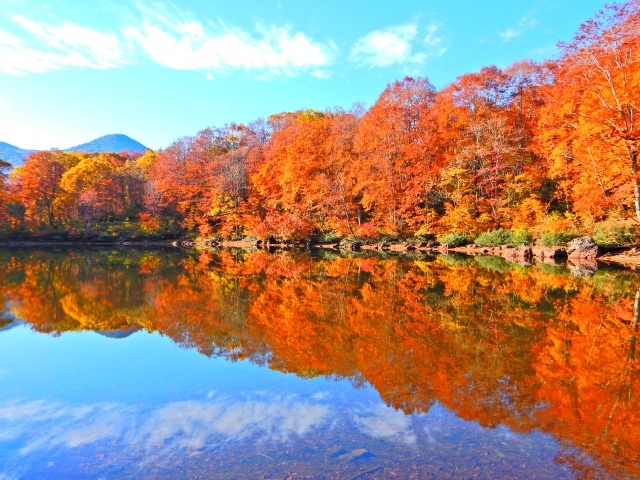5 Pro Tips for Great Autumn Shots
Assessing the lighting and composition while capitalizing on your camera’s functions will enable you to take impressive shots of autumn leaves. Ready to go? Here are five tips for shooting like a pro!
By Jinichi Segawa5. Capture the Leaves at a Time of Day When the Light is Soft
The way that sunlight hits the leaves is important when it comes to shooting autumn foliage. On a cloudy day when there’s no sunshine, the leaves won’t look as good. Yet if the direct light is too strong, the contrast will be too high and you won’t be able to get a good-looking shot of the leaves. The best lighting condition is soft sunlight that has a tinge of orange.
4. Try Shooting the Leaves Close Up
Rather than shooting entire trees, it’s also good to observe and shoot the leaves themselves. Choose the leaves you want to feature, assess the direction the light is coming from, compose your shot, and shoot. If you open your aperture, you’ll get a blurred background that looks nice.
3. Colorfully Scattered Fallen Leaves Are Also a Photo Opportunity
Keep an eye out for fallen leaves in varying degrees of vibrancy and decay to give some variation in your autumn foliage photography. Haven’t you encountered an unexpectedly beautiful landscape where different kinds of leaves are lying on top of one another? The innumerable compositions that could exist in such a situation are fun to think about.
2. To Get Colors to Look the Way You See Them, Learn How to Use Your Camera’s Exposure Compensation
After shooting autumn leaves, have you ever been disappointed to find your shots looking quite different from how things looked in person? Exposure compensation should be used when shooting with a particularly bright or dark background to prevent the focus or foreground from being washed out. To get the reds looking redder and the yellows yellower, learn how to use this setting on your camera. To get deeper color, adjust your meter to minus (−). For a more intense brightness, adjust your meter to plus (+).
1. If You Want Color That’s All About Making an Impression, Use Your Camera’s Art Modes
Or, contrary to the above suggestion, you may not want colors to appear the way you saw them. If you want to create an impression that will never fade, make use of your camera’s art functions. If you shoot in something like pop mode, which has special effects that will make your colors more pronounced, you’ll be able to create impressive shots without the need for complicated camera manipulations.









